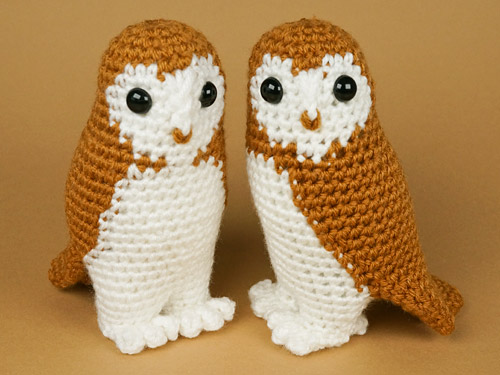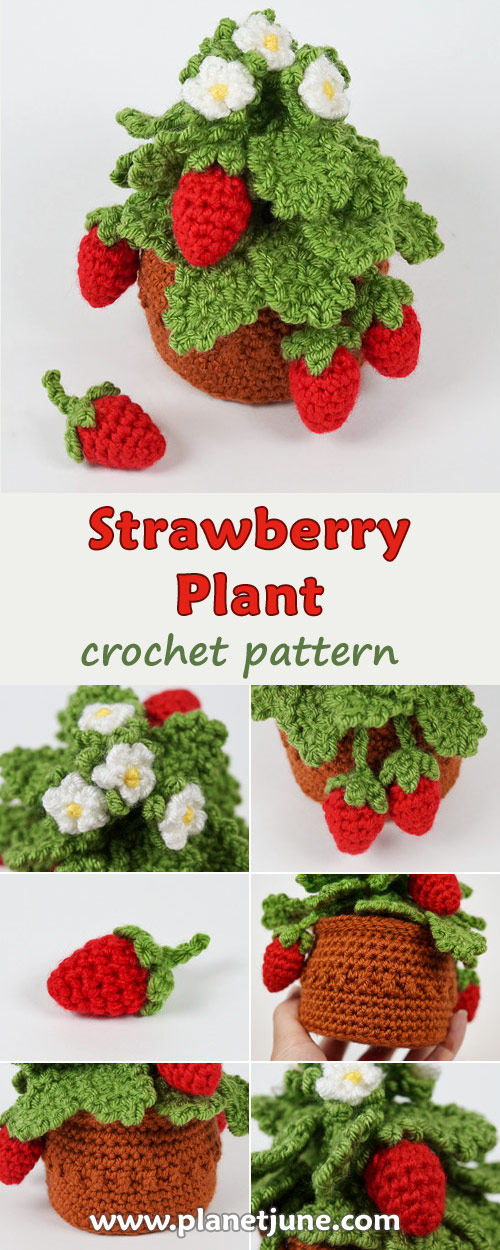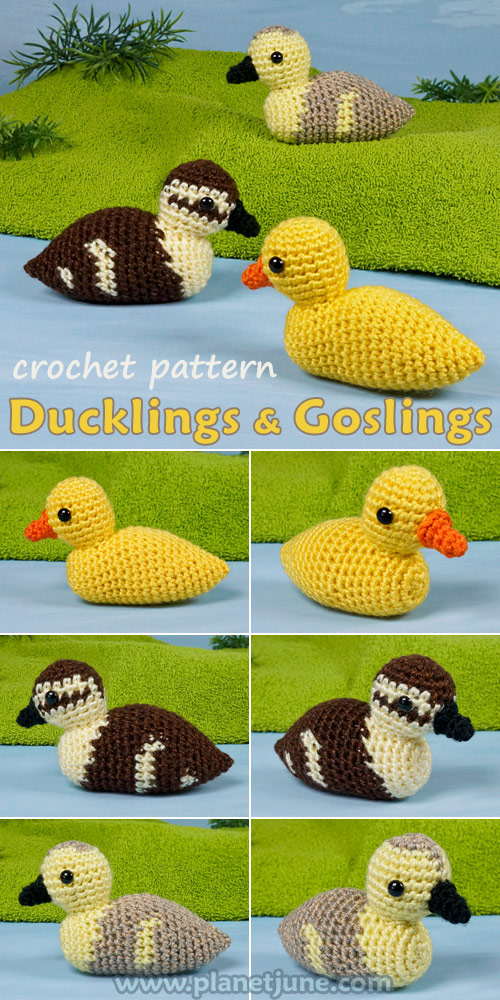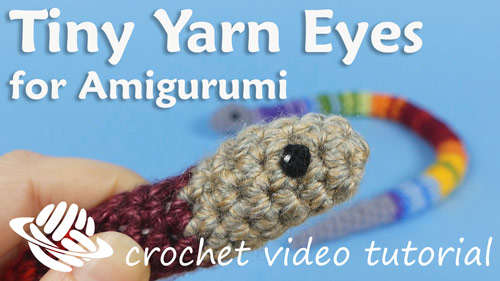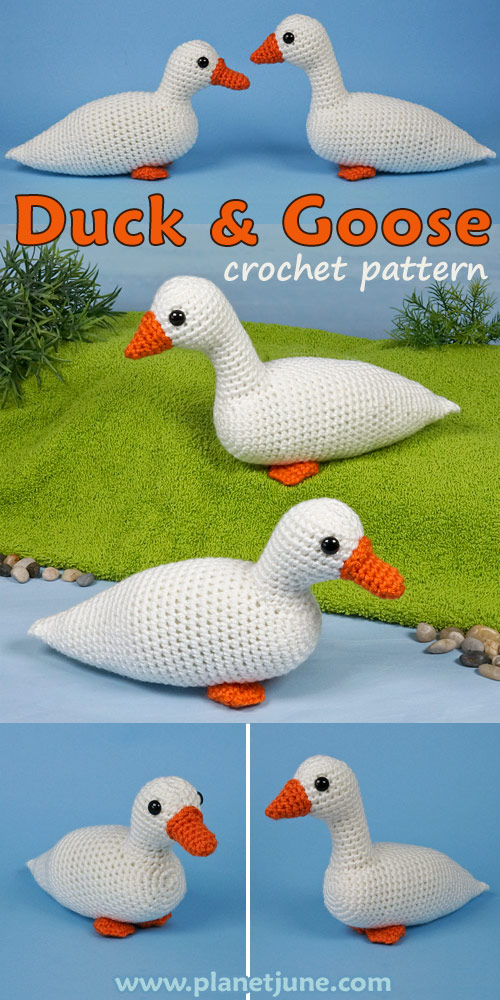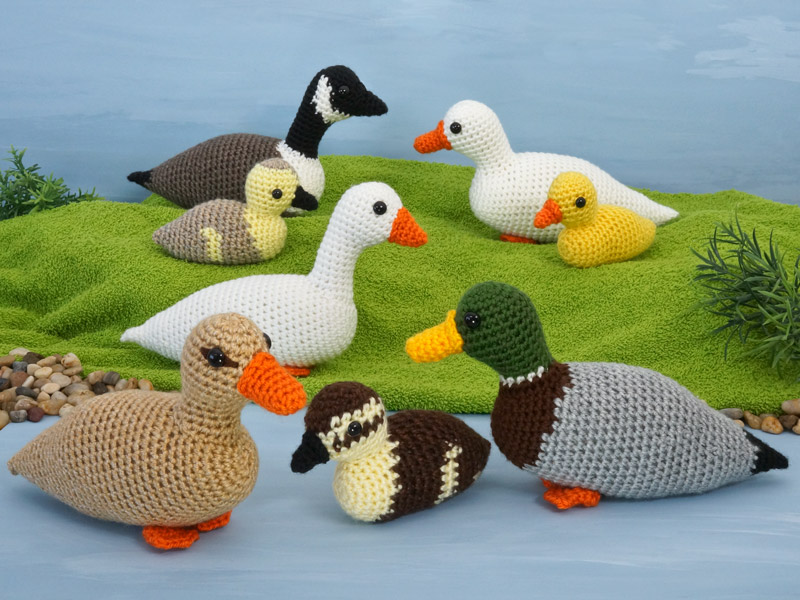
When I designed my Duck and Goose crochet pattern last winter, I was already planning for future Canada Goose and Mallard expansion packs. I also designed my Ducklings and Goslings pattern so the babies would be ready to complete the families once their parents were finished. Now that moment has arrived, and my Duck and […]

